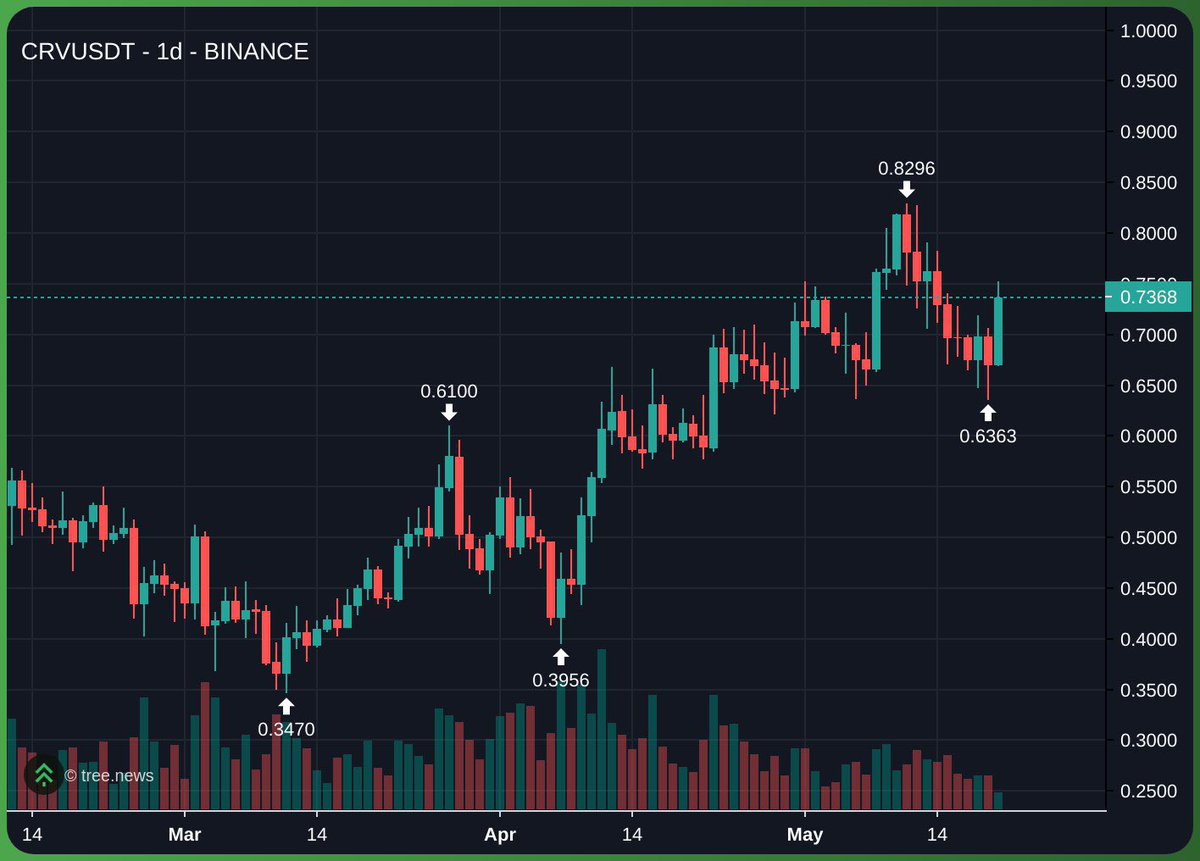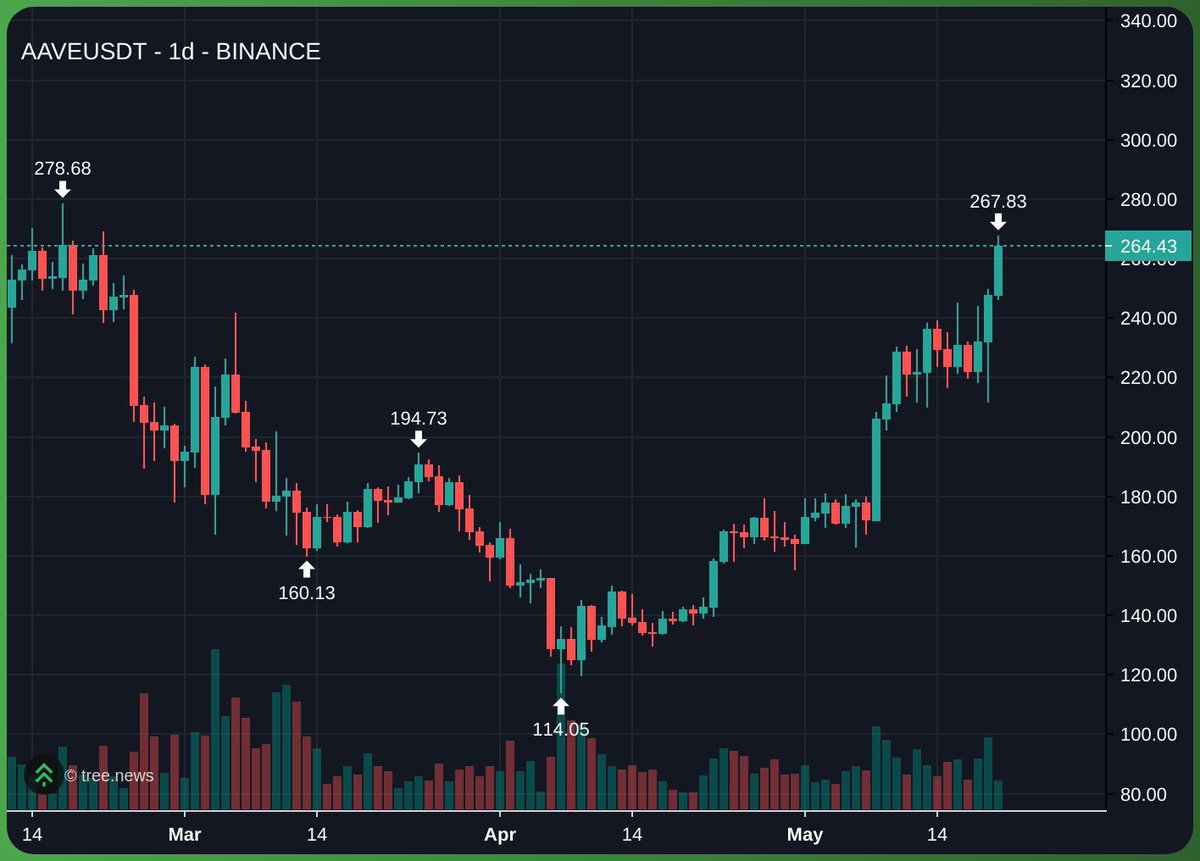Both $CRV and $AAVE pulled a big yang today.
These two agreements are not the target of chasing up for me, but the underlying assets that are worth buying repeatedly.
If you fall down, you will have an opportunity, and if you go up, you will watch quietly. Faith is never about words, it's about having the ability to hold something with a clear structure for a long time.
Assets that can truly go through the cycle are not afraid to wait.


"In the past two months, there have been far more TradFi institutions than ever before in contacting us for DeFi data."
- @0xngmi, co-founder of DefiLlama
👆 This is an important signal: TradFi is systematically researching DeFi.
They're not here to rush the narrative, but they're revisiting:
Which protocols have a clear structure, manageable risks, and clear benefit logic – i.e., which ones can fit into their risk control framework and configuration model.
In my opinion, Aave and Curve are two of the most accessible cases for institutions to take into account in this type of assessment:
Aave: The most standard on-chain lending protocol
Floating interest rates, mortgage rules, liquidation lines, logical standards, and transparent parameters
The segregated market mechanism introduced by Aave V3 is in line with the "risk zoning" management idea of institutions
The full-chain data is open and the interface is friendly, which is suitable for risk control modeling and backtesting
To TradFi, it's like a "composable, non-custodial banking system".
Curve: The underlying liquidation layer of stablecoin liquidity
The low-slippage AMM mechanism supports large-value stablecoin exchanges, which is a natural "on-chain foreign exchange market"
The veCRV + bribe model is gradually understood as a structure that combines on-chain governance and income rights
Under the general trend of stablecoins becoming a cross-border settlement tool, their system role is increasingly concerned
Institutional research Curve is not bullish or down, but looks at the efficiency of liquidation and the rationality of governance.
They don't want narrative, they want structure.
Whether DeFi can make it to their radar depends on:
1: Is the data structure clear?
2: Is the revenue model predictable?
3: Can the risk parameters be implemented?
4: Can I connect to an existing system?
By the time these protocols are actually researched, tested, and modeled by institutions, the way the market prices them may have changed.
I'll also be compiling a list of protocols that are "under research by TradFi" in the future.
If you know of some projects that are being quietly investigated, welcome to add them together. 🍺
88
33.69K
The content on this page is provided by third parties. Unless otherwise stated, OKX is not the author of the cited article(s) and does not claim any copyright in the materials. The content is provided for informational purposes only and does not represent the views of OKX. It is not intended to be an endorsement of any kind and should not be considered investment advice or a solicitation to buy or sell digital assets. To the extent generative AI is utilized to provide summaries or other information, such AI generated content may be inaccurate or inconsistent. Please read the linked article for more details and information. OKX is not responsible for content hosted on third party sites. Digital asset holdings, including stablecoins and NFTs, involve a high degree of risk and can fluctuate greatly. You should carefully consider whether trading or holding digital assets is suitable for you in light of your financial condition.

